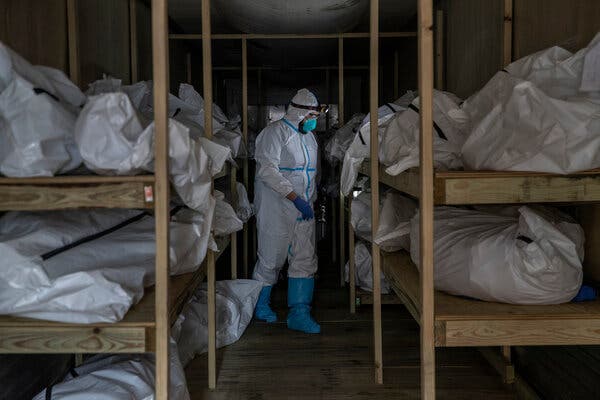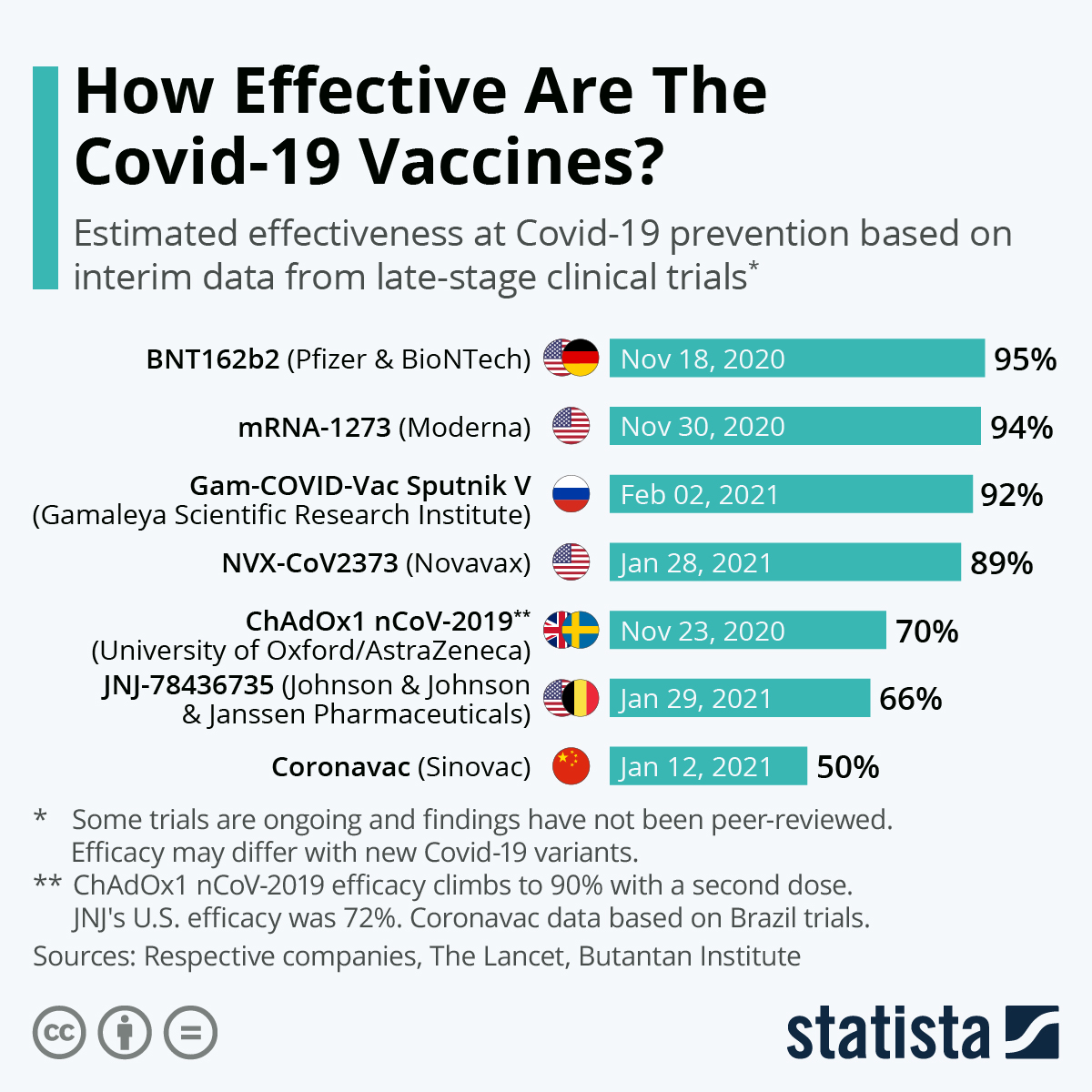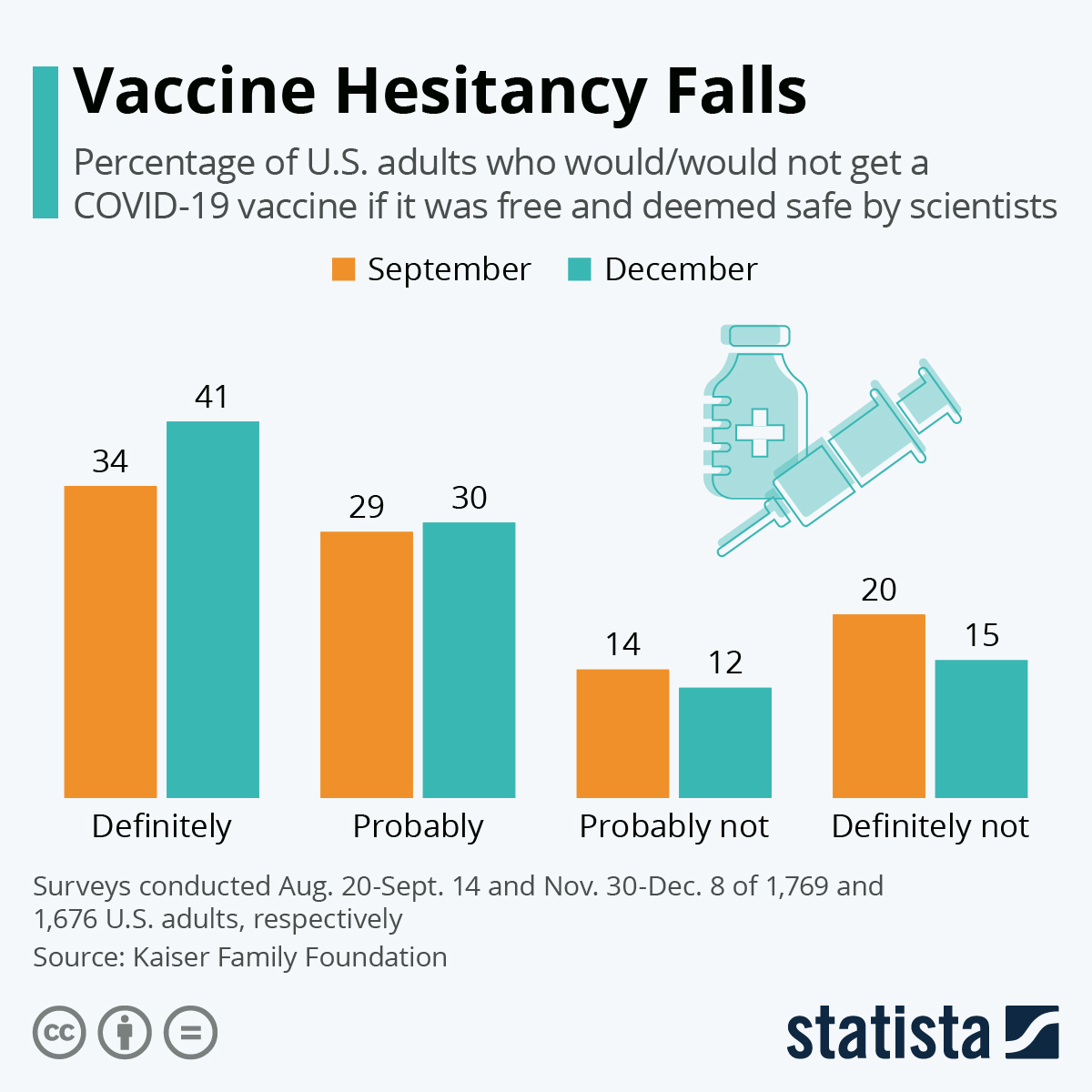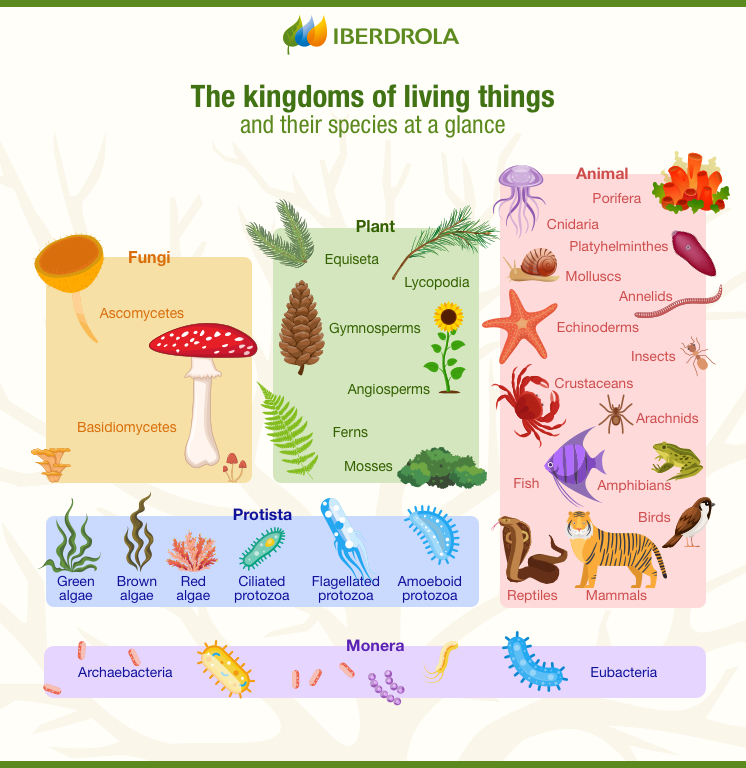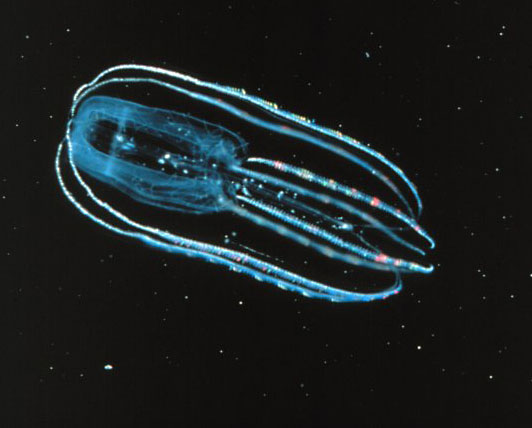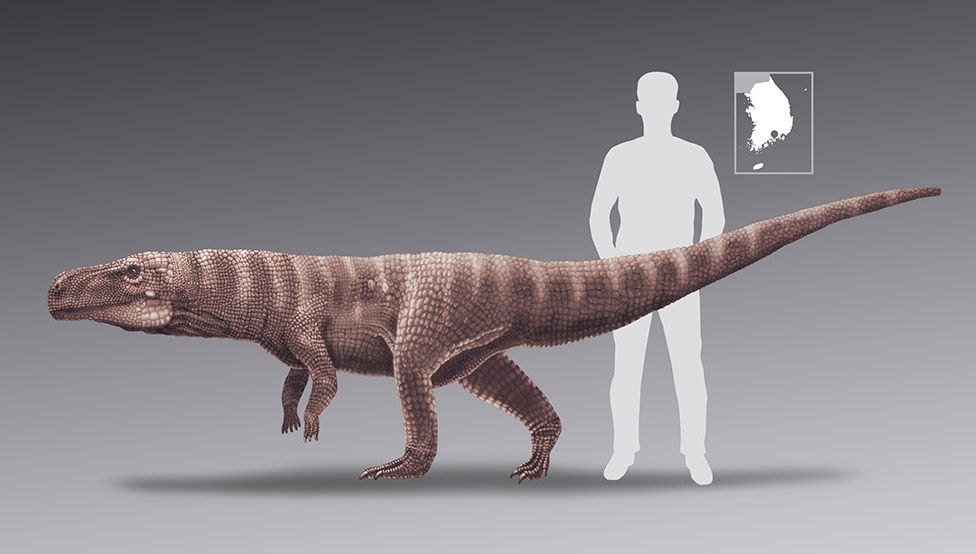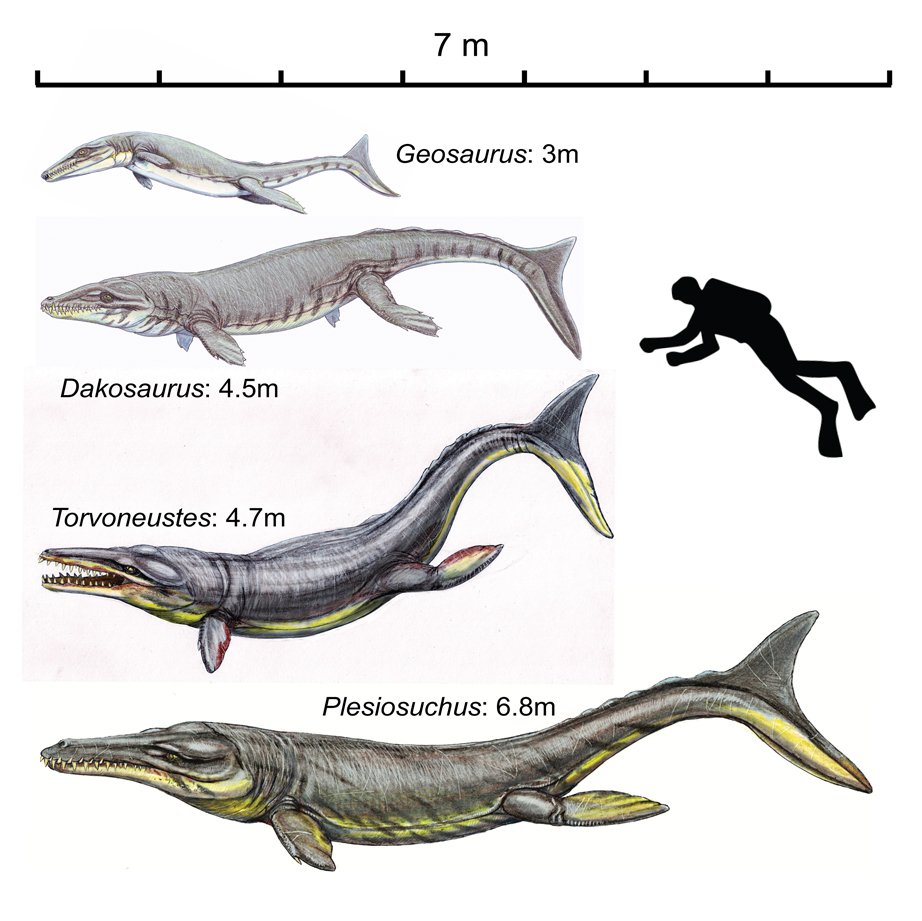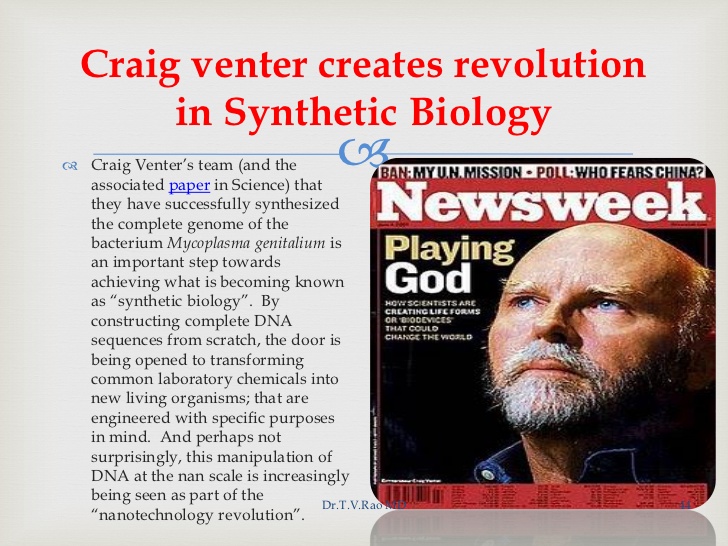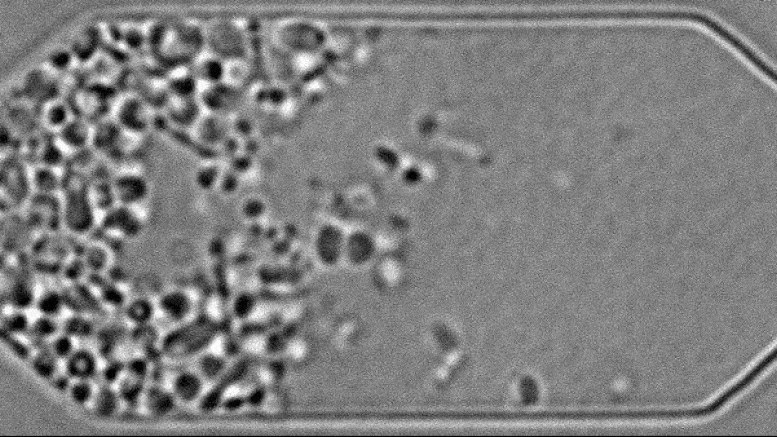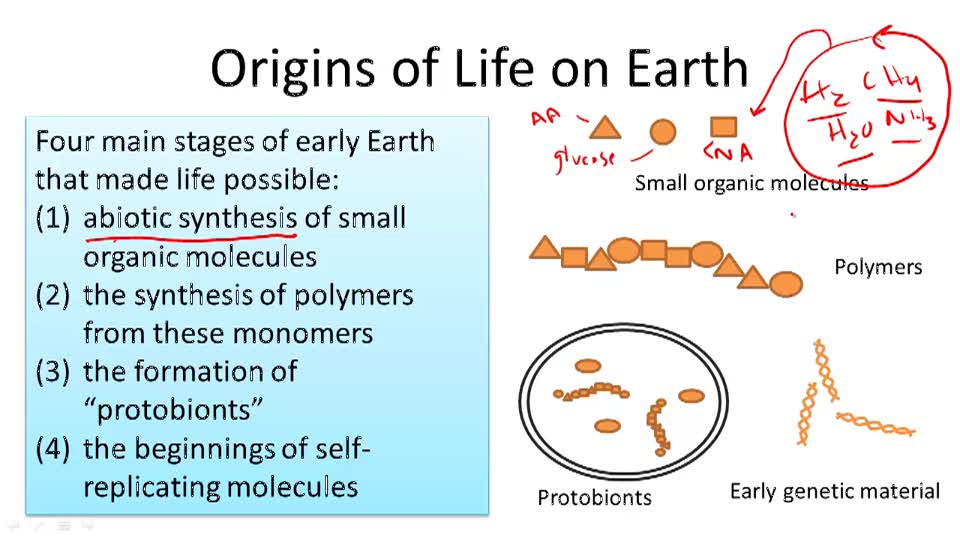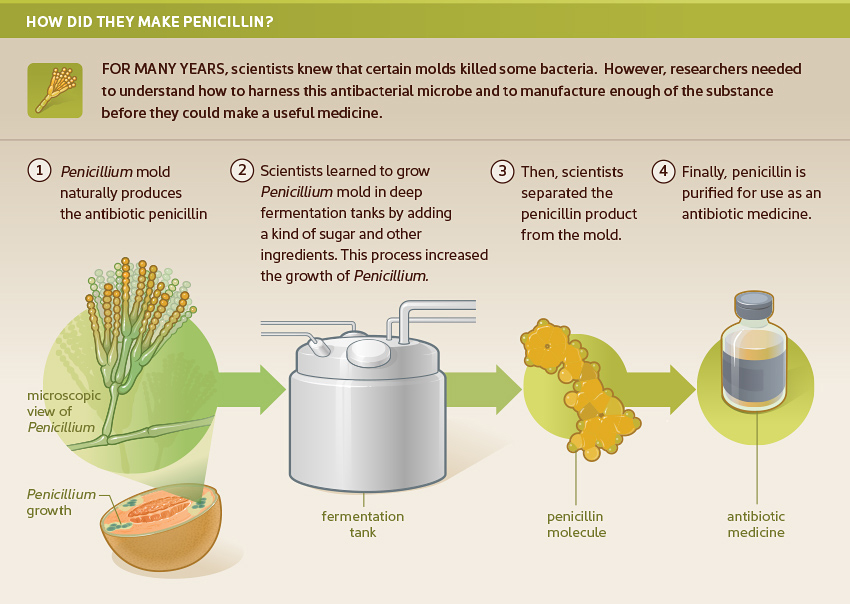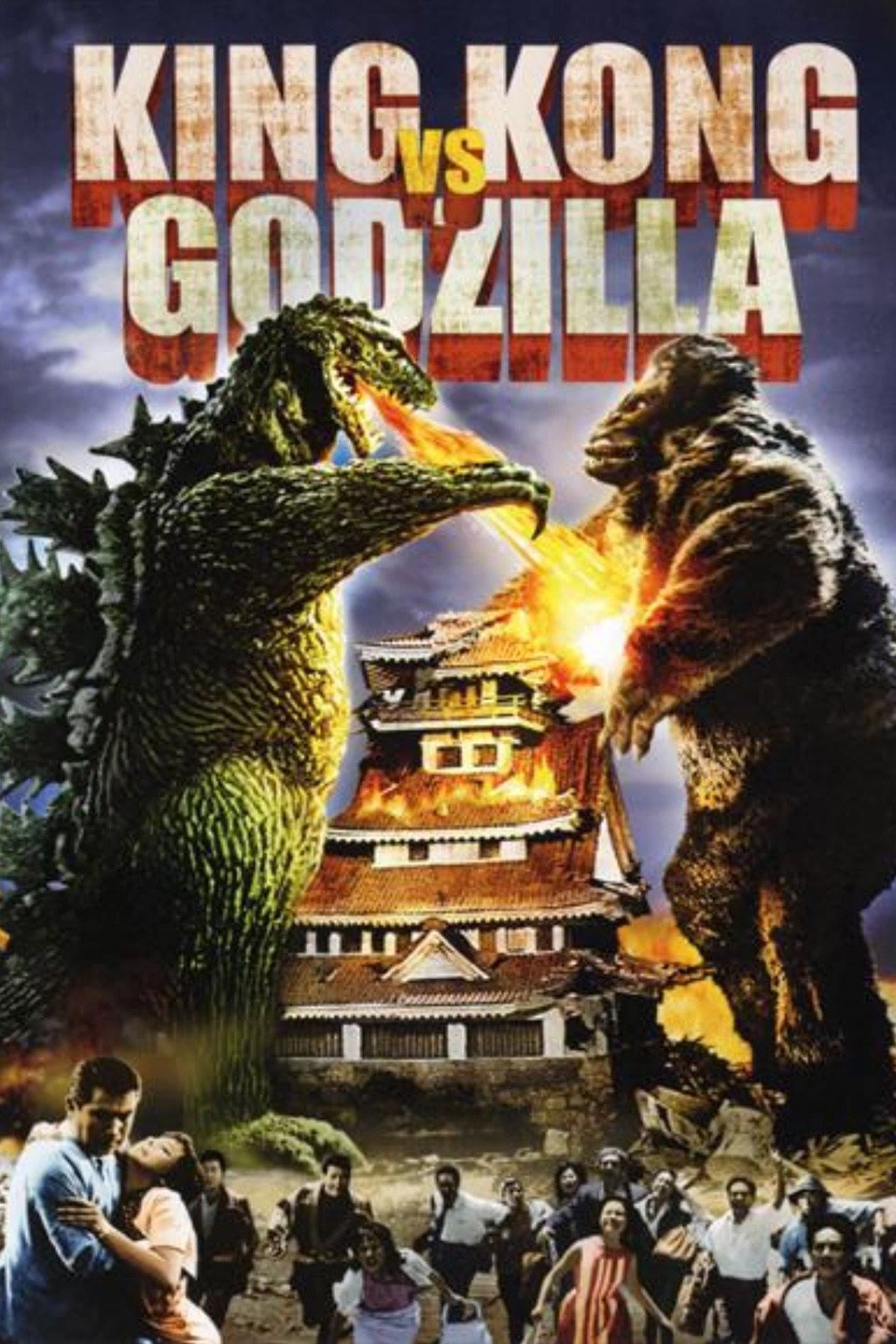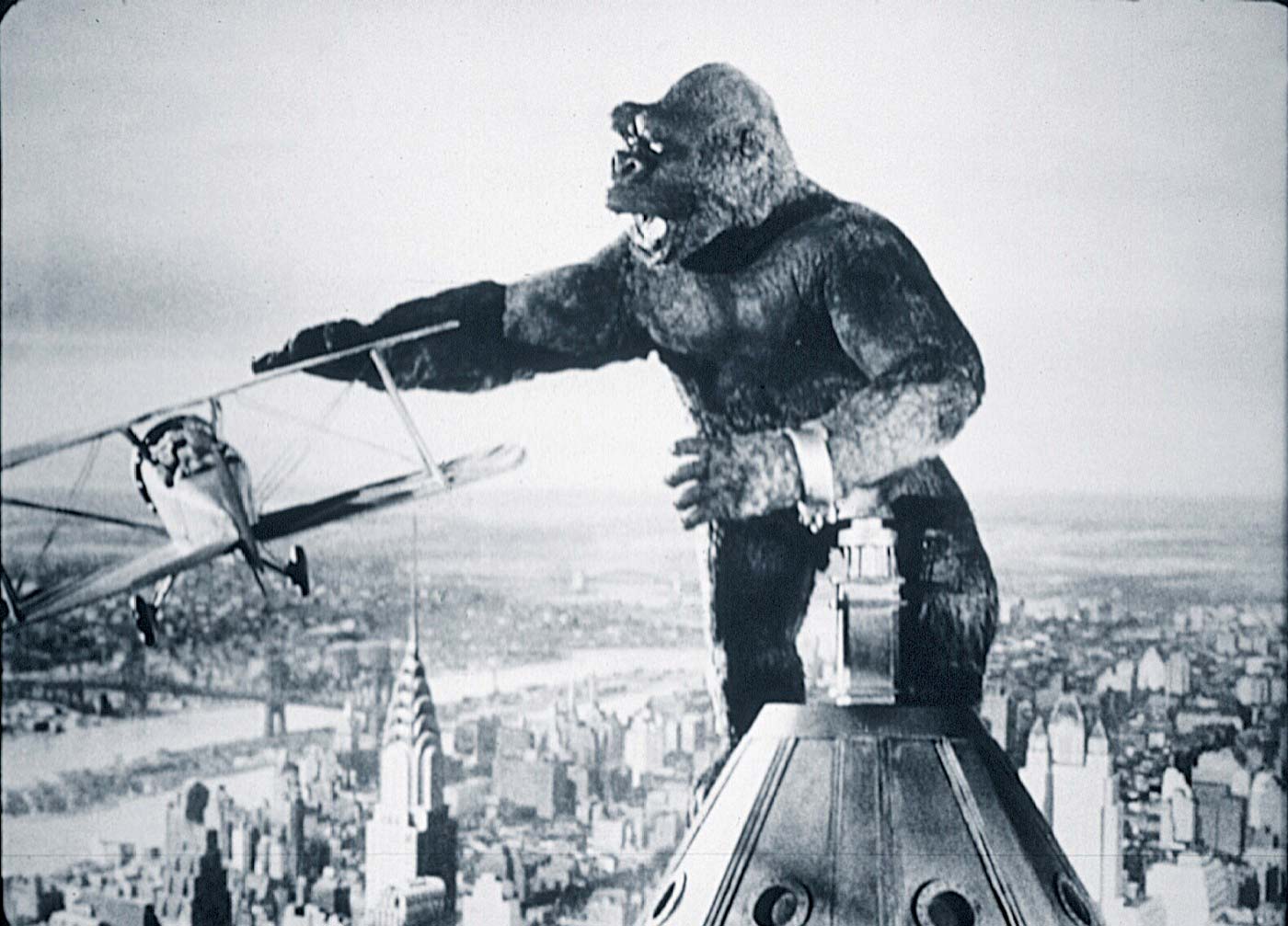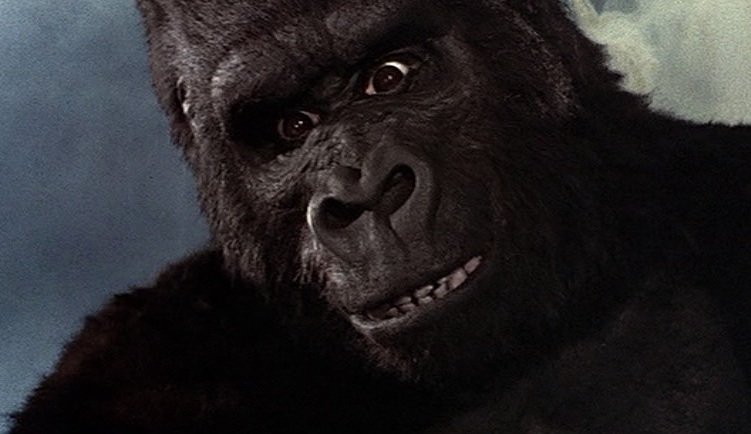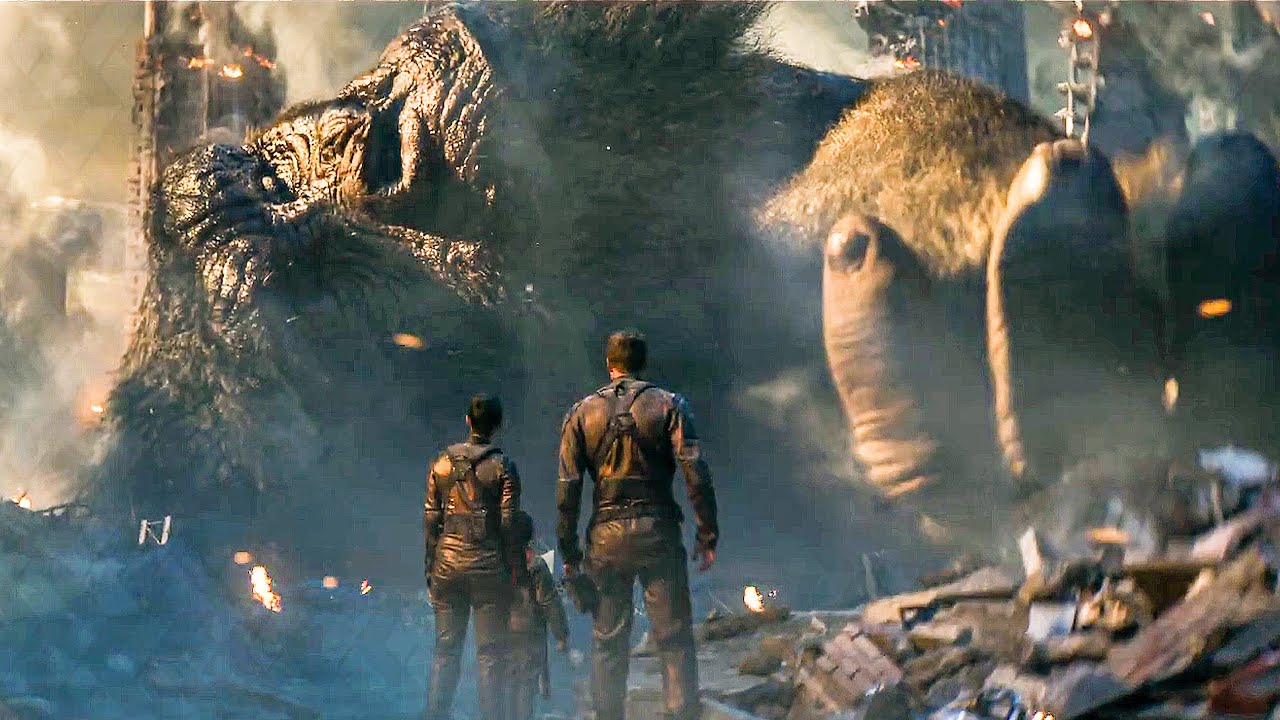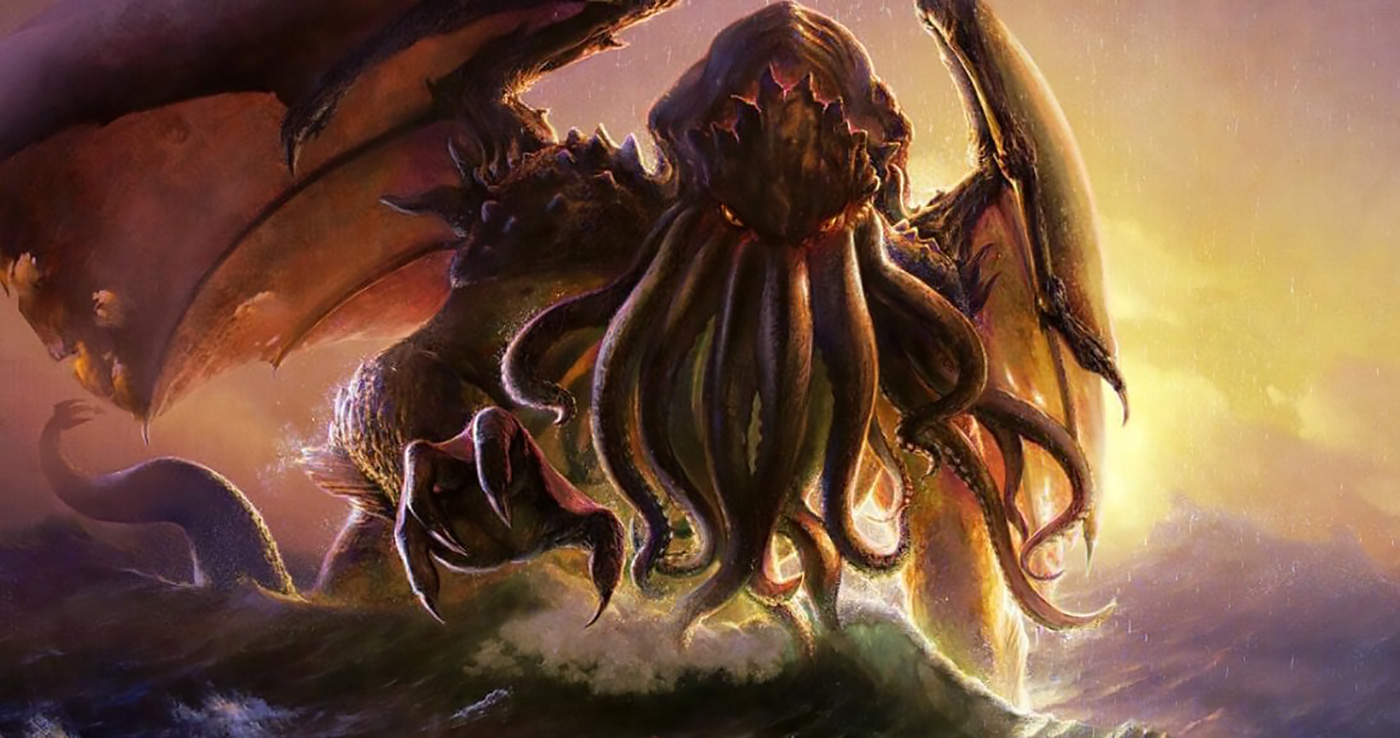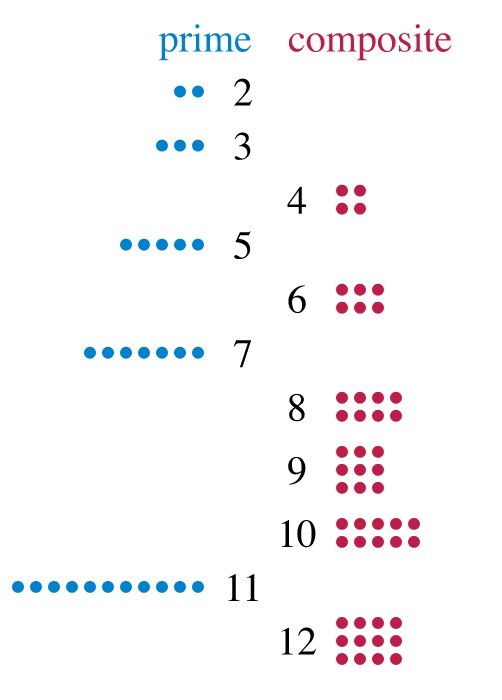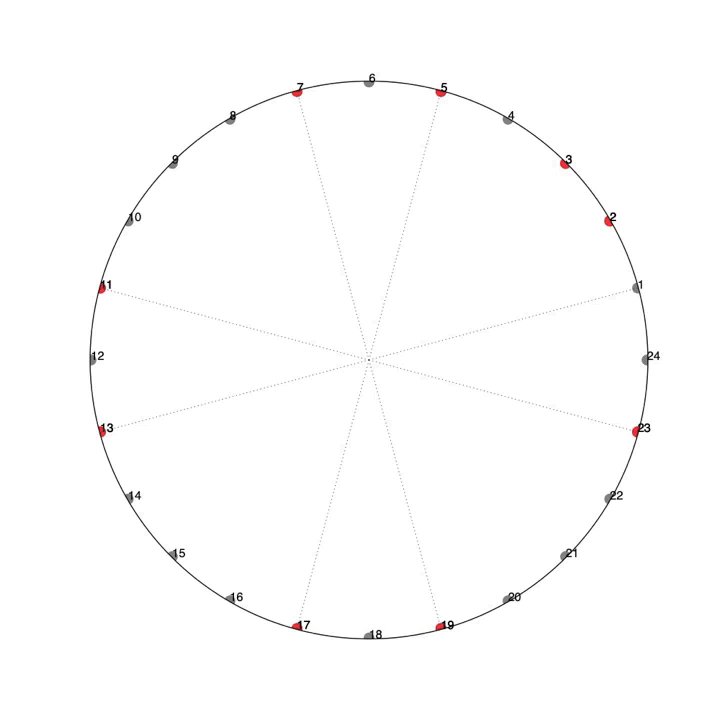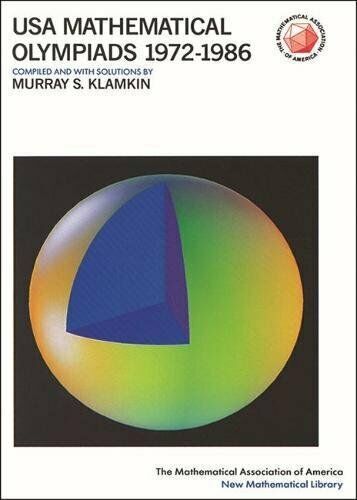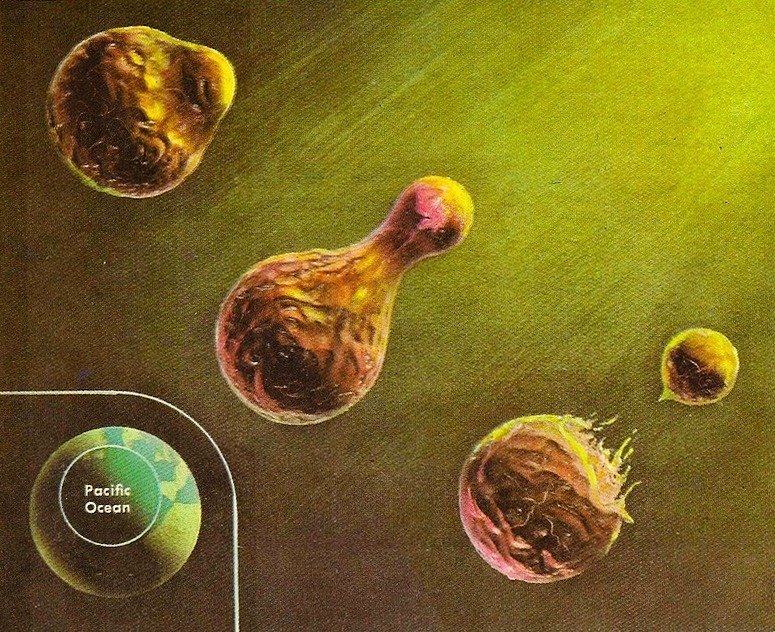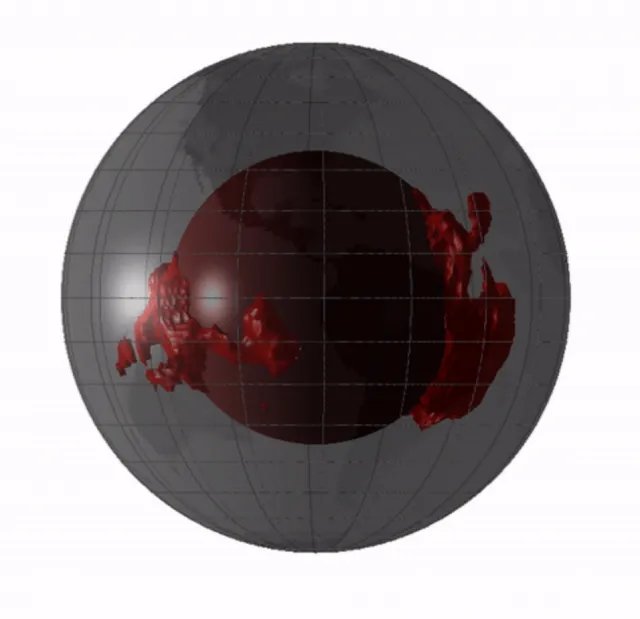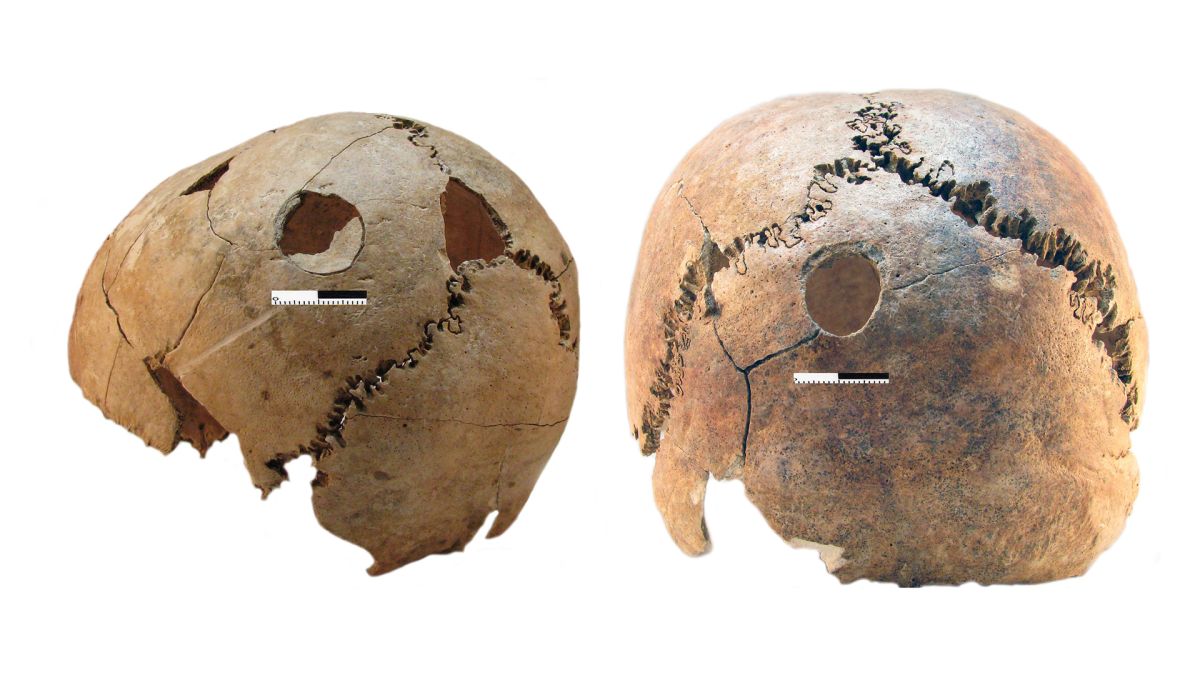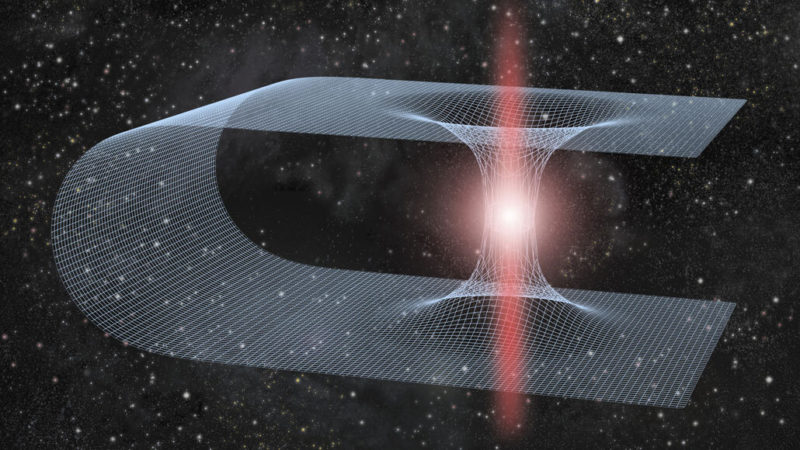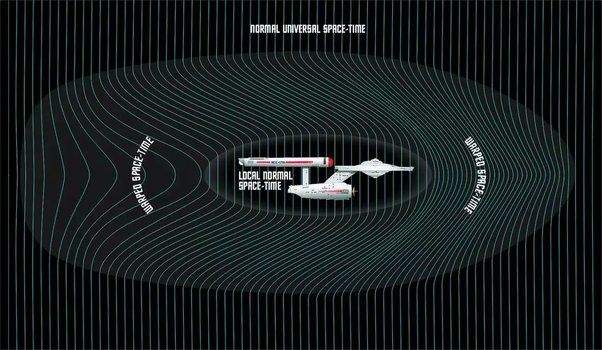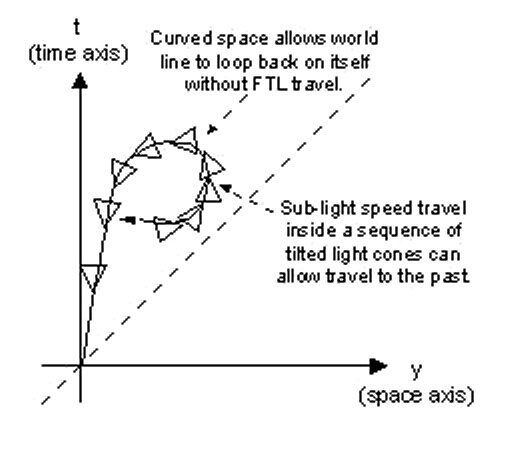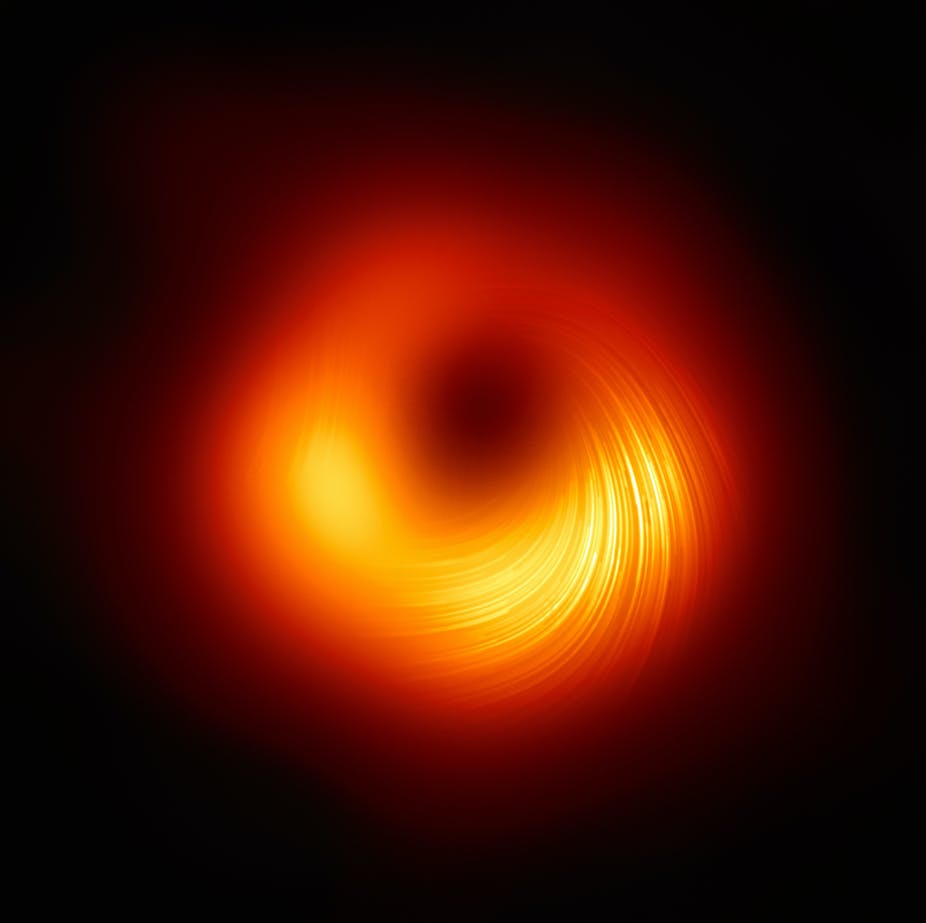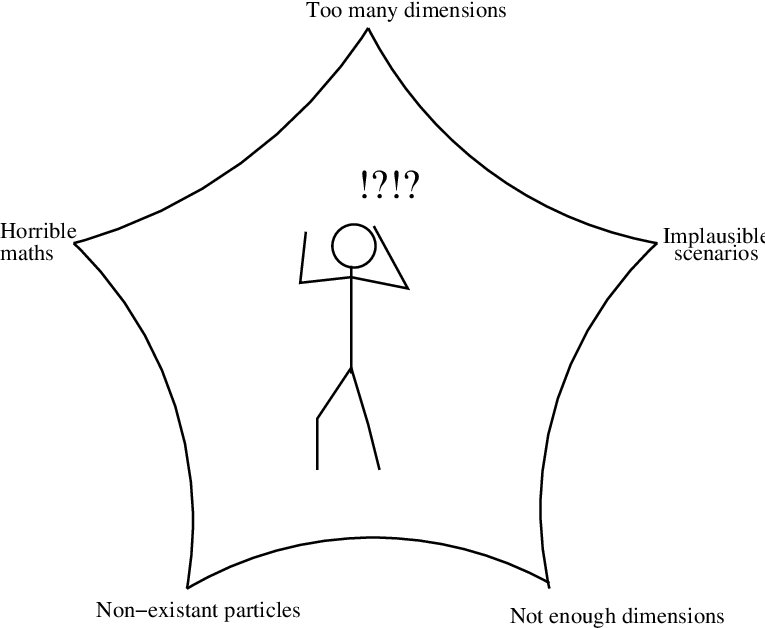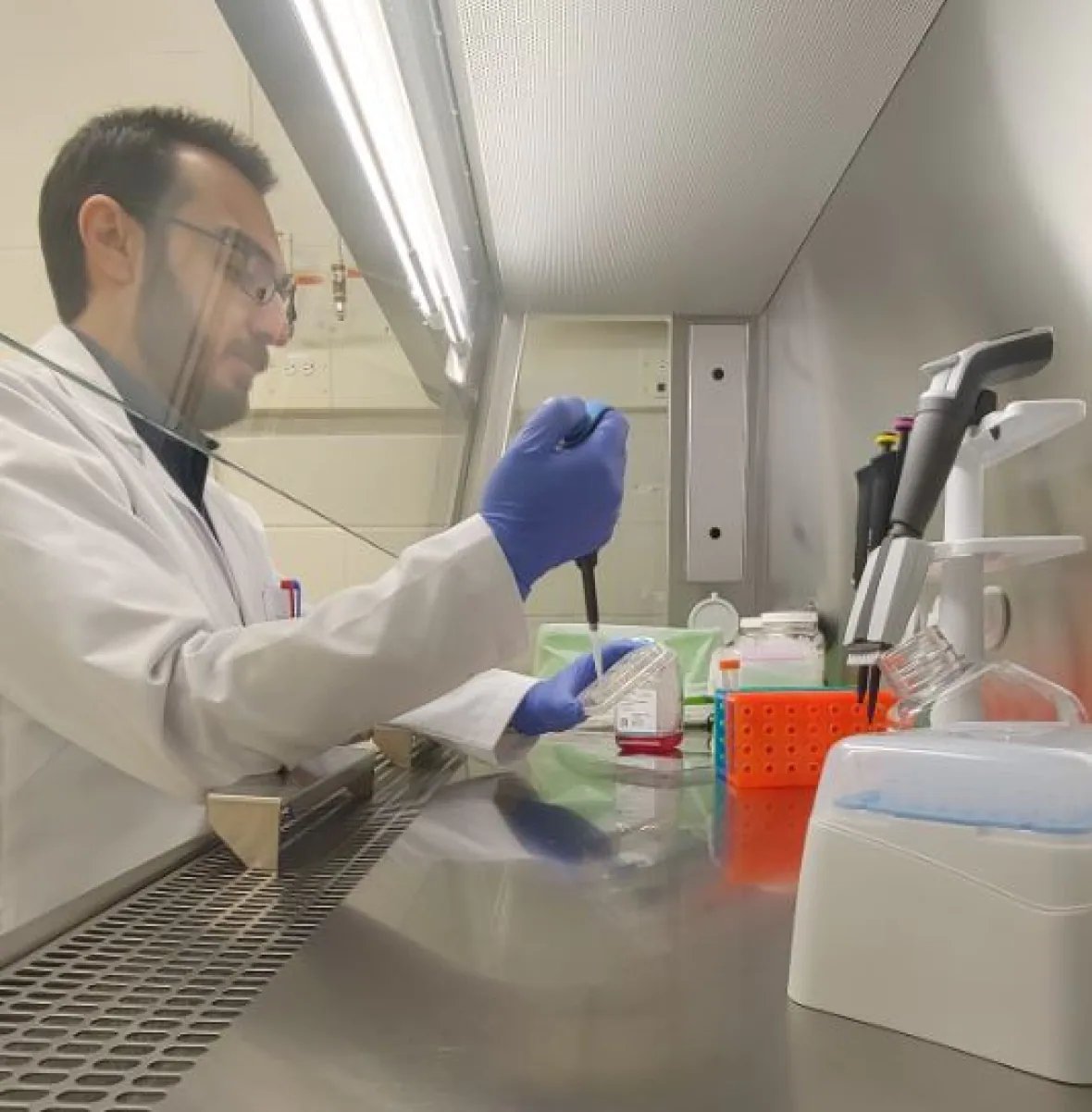Like the Wright brothers’ first flight, which only went 36 meters, the April 19th flight of the Ingenuity helicopter may not have gone far, but it was the first powered flight by a human built aircraft on another planet. There’s also a lot of other news concerning both manned and robotic spaceflight but I’ll begin with Ingenuity.

NASA’s newest rover to Mars Perseverance carried the tiny, 1.8 kg, Ingenuity helicopter with it to the red planet as it made its landing back on the 18th of February. Then a little more than a month later on March 28th the rover gently placed the small helicopter on the Martian surface in preparation for its first flight. After taking several days to check out Ingenuity’s system it was decided to carry out one last full spin test of the helicopter’s rotors on April 9th leading to a scheduled first flight on April 11th.

As with any new technology there are always teething problems and during the April 9th test the Ingenuity rotors failed to reach their full spin speed of 2500 RPM. Taking about a week to investigate the problem and transmit a new software package to the helicopter the engineers at NASA’s Jet Propulsion Labouratory (JPL) carried out a more successful test on April 17th. With that final test completed the first flight of Ingenuity was scheduled for the early morning hours of April 19th. To watch a YouTube video of that first flight click on the link provided https://www.youtube.com/watch?v=QfHfQamhimE
The flight plan was deliberately simple; the small helicopter would rise about 3m into the air and hover in place for a few seconds. While hovering Ingenuity would turn 90º, hover for a little while more before descending and landing, as close to it’s takeoff location as possible.
It all went perfectly and the proof of just how successful the test went was provided by a video taken by the Perseverance rover parked just 20m away. With this first, historic flight completed the engineers at JPL went on to conduct two other flights with the longest lasting 80 seconds aloft while traveling 100 meters at a maximum speed of 7.2kph. With three flights completed, two additional flights for the little helicopter remain to be carried out in earl May.

Ingenuity after all is a technology demonstrator; it was designed to see if flying on Mars, where the atmosphere is only 1% as dense as here on Earth, was even possible. The helicopter’s creators want to learn everything they can about the problems and possibilities of flight there. Nevertheless during those test flights it is hoped that Ingenuity may prove useful to Perseverance as a reconnaissance aircraft looking for interesting rock formations that Perseverance can then examine close up.
And Perseverance may have a new neighbor on the Martian surface before long as the Chinese space agency has announced plans to send the descent module of their Tianwen 1 space probe for a landing sometime in mid-May. The Tianwen 1 probe, which entered orbit around the red planet in February, consists of a combined orbiter and lander modules and the scientists leading the mission have spend the last two months both checking out the spacecraft and determining exactly where they wanted to target their lander. If successful the Tianwen 1 lander would make China only the second nation to successfully place a robotic probe on the Martian surface.

Further out in the Solar System NASA’s Osiris-REx space probe will leave orbit around the asteroid Bennu on May 10th and begin its long journey back to Earth. Osiris-REx has been studying the asteroid for 3 years and back on October 20, 2020 and even made contact with Bennu in a Touch and Go sample collecting maneuver. Currently Osiris-REx is conducting one last flyover of Bennu paying particular attention to the area where it carried out the Touch and Go.

You see during that maneuver the spacecraft’s sample gathering arm sank a full 48.8 cm into the asteroid’s surface and when Osiris-REx fired its thrusters to pull away a considerable amount to dust and debris erupted in the asteroid’s low gravity. While no harm was done to Osiris-REx the scientists at JPL were curious as to whether the Touch and Go had altered the surface of Bennu.

Turned out the encounter had left a nice scar where Osiris-REx landed, a mark that could last for thousands of years in the airless microgravity of Bennu. Just another example of how the human race is now making a mark not only on our own planet but also throughout the Solar System.
There are a few other brief items that I’ll cover quickly. The final two passengers have been selected for the first fully commercial space flight. As I mentioned in my post of the 17th of March of this year billionaire Jared Isaacman has hired Space X to send him and three ‘guests’ into orbit for a 3-5 day long ‘vacation’. Isaacman wants to use the flight to help publicize his favourite charity, Saint Jude’s Children’s Research Hospital and so for his first companion he choose physician’s assistant Hayley Arceneaux who was herself a cancer patient at St. Jude’s when she was a child.
The two remaining seats on what has been christened the ‘Inspiration 4’ mission will now go to Doctor Sian Proctor and Chris Sembroski. Doctor Proctor is a Geoscientist and space communication expert who was awarded her chance to travel into space by winning a contest sponsored by Isaacman’s e-commerce company Shift 4 payments.
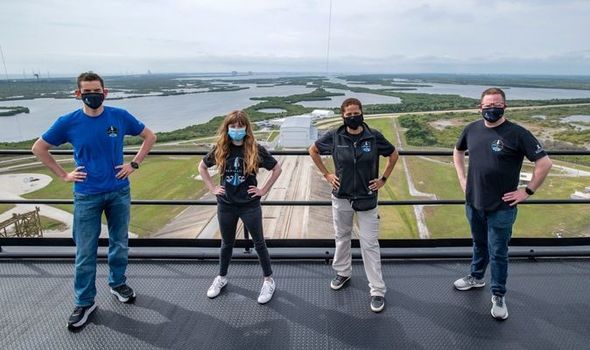
Mister Sembroski was chosen from some 72,000 entries to a fundraising contest benefiting St. Jude’s and will serve as a mission specialist for the flight. Currently the mission, which will launch from pad 39A at the Kennedy Space Center, is scheduled to take off no earlier than September 15 of 2021.
Even while Space X is moving forward with its commercialization of human spaceflight Boeing’s Starliner Space Capsule can’t seem to get off the launch pad, quite literally. The final unmanned test flight of Starliner, officially Orbital Flight Test-2 (OFT-2), had been scheduled for this month but because of technical problems with the capsule’s avionics that launch date will have to be delayed at least a month.

Problem is that the launch facilities at Kennedy are booked right through mid-summer. The earliest date possible for Starliner’s unmanned flight is August, which will almost certainly push back the earliest manned test flight, officially Crew Test Flight-1 (CTF-1) currently scheduled for September. Just further delays on a program that seems to be going nowhere.
Oh, and speaking of Space X, the Hawthorn California based company launched it’s third manned mission to the ISS. The mission, officially named Crew-2 by NASA, carried two NASA, one European Space Agency and One Japanese Space Agency astronaut into Low Earth Orbit (LOE) on the 23rd of April. Mission commander Shane Kimbrough along with pilot Megan McArthur rode their Falcon 9 rocket with mission specialists Thomas Pesquet and Akihiko Hoshide to relieve the current Crew-1 astronauts and begin a 6-month tour aboard the ISS. The Crew-1 astronauts are scheduled to return to Earth aboard their Space X dragon capsule on the first of May.


With their third manned mission for NASA in less than a year and the coming launch of their first purely civilian mission Space X is generating quite a lot of excitement. Is this the start of a new age in space with commercial and national agencies working together to explore our solar system?



